Rice Leaf Smut Info – How To Treat Leaf Smut Of Rice Crops
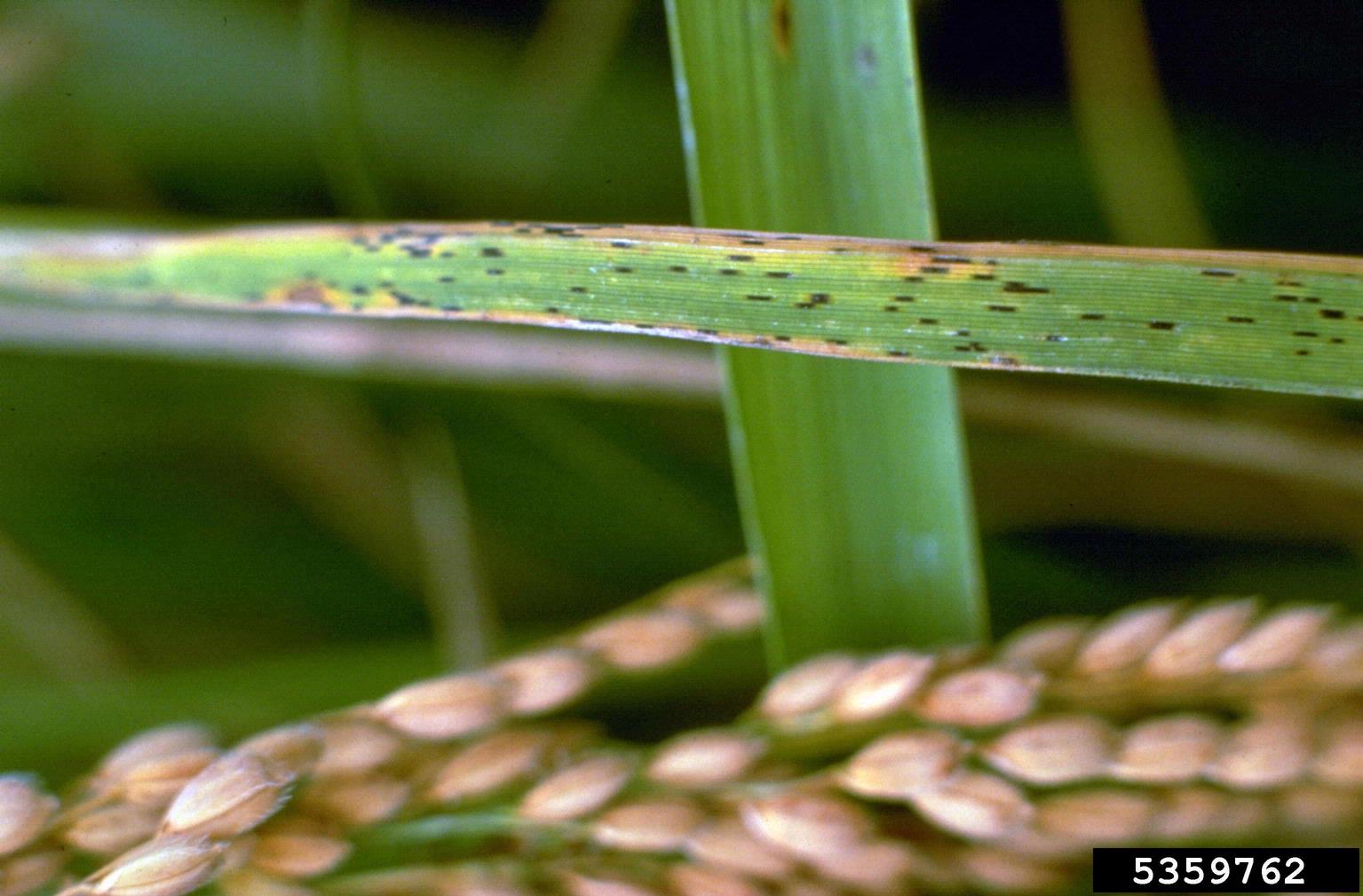

Rice may not be a typical backyard garden plant, but if you live somewhere soggy, it can be a great addition. This tasty staple food thrives in wet, marshy conditions and warm climates. Diseases can ransack your rice paddy, though, so be aware of signs of infections like leaf smut of rice and what to do to manage or treat it.
Rice Leaf Smut Information
What causes rice leaf smut is a fungus called Entyloma oryzae. Fortunately for your garden, if you see its signs, this infection is usually minor. It is widespread where rice is grown, but leaf smut doesn’t often cause serious damage. However, leaf smut can make your rice vulnerable to other diseases, and ultimately this can cause a yield reduction.
The characteristic sign of rice with leaf smut is the presence of small black spots on the leaves. They are slightly raised and angular and give the leaves the appearance of having been sprinkled with ground pepper. Coverage by these spots is most complete on the oldest leaves. The tips of some leaves with the most infection may die.
Management and Prevention for Leaf Smut of Rice
In most situations, there is no major loss caused by rice leaf smut, so treatment isn’t usually given. However, it can be a good idea to use good general management practices to prevent the infection or keep it in check, and to keep plants healthy overall.
As with many other fungal infections, this one is spread by infected plant material in the soil. When healthy leaves contact the water or ground with old diseased leaves, they can become infected. Cleaning up debris at the end of each growing season can prevent spread of leaf smut.
Keeping a good nutrient balance is also important, as high nitrogen levels increases the incidence of the disease. Finally, if leaf smut has been a problem in your growing area, consider using rice varieties with some resistance.
Gardening tips, videos, info and more delivered right to your inbox!
Sign up for the Gardening Know How newsletter today and receive a free copy of our e-book "How to Grow Delicious Tomatoes".

Mary Ellen Ellis has been gardening for over 20 years. With degrees in Chemistry and Biology, Mary Ellen's specialties are flowers, native plants, and herbs.
-
 Get Ready For A Summer Of Hummers! Grow These Full Sun Hummingbird Plants and Flowers
Get Ready For A Summer Of Hummers! Grow These Full Sun Hummingbird Plants and FlowersIf you’re lucky enough to enjoy a sunny backyard, make sure you are maxing out on your pollinator opportunities and grow these full sun hummingbird plants and flowers
By Tonya Barnett
-
 12 Lush Alternatives To A Lawn For Sustainable Spaces
12 Lush Alternatives To A Lawn For Sustainable SpacesAlternatives to a lawn are beautiful and also beneficial to your local ecosystem and its pollinators. Explore our top picks for plants to replace grass.
By Tonya Barnett
-
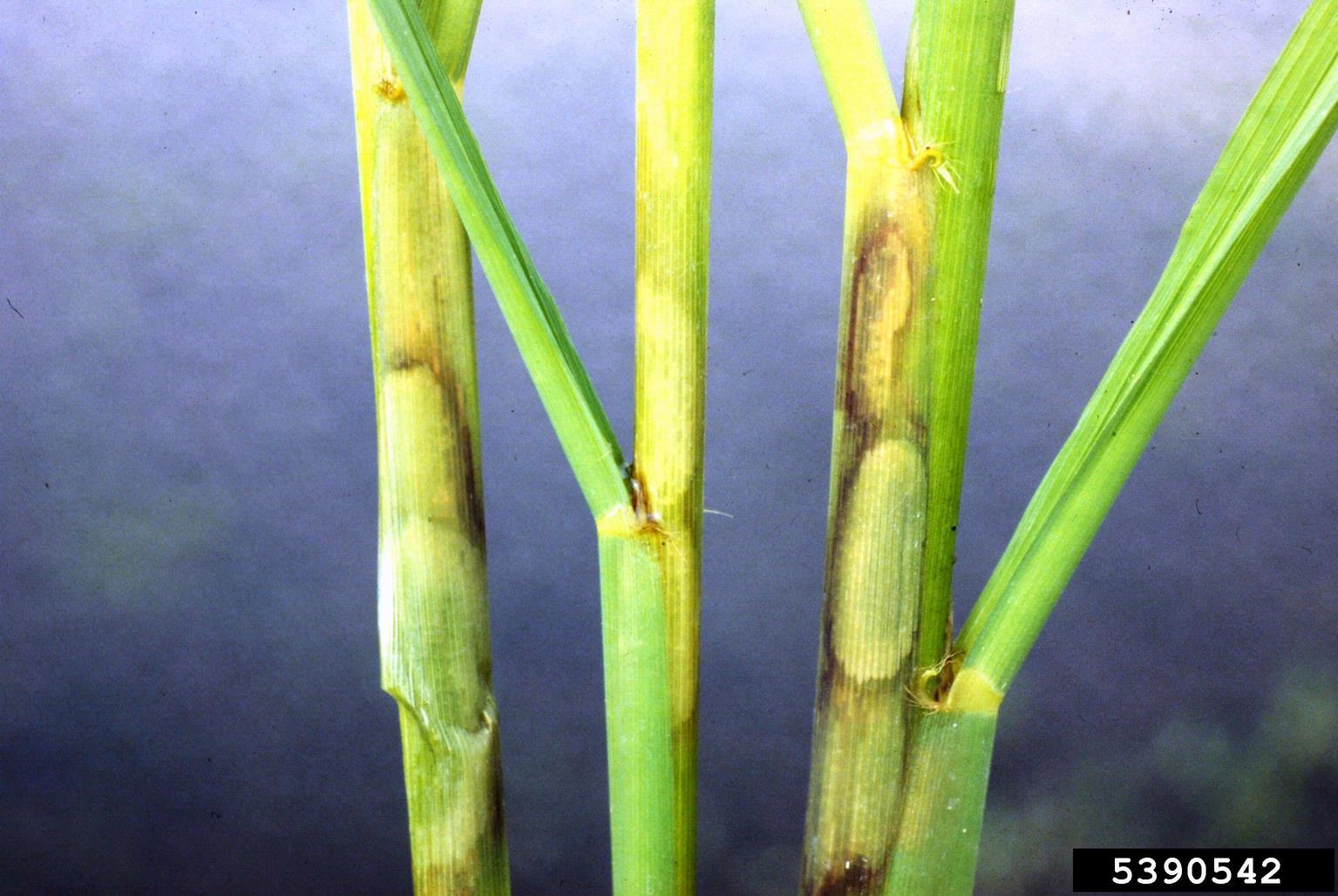 What Is Rice Sheath Blight: Treating Sheath Blight Of Rice
What Is Rice Sheath Blight: Treating Sheath Blight Of RiceAnyone who is growing rice needs to learn the basics about diseases that affect this grain. One particularly destructive disease is called rice sheath blight. What is rice sheath blight? What causes rice sheath blight? Click here to get answers to your questions.
By Teo Spengler
-
What Is Rice Straighthead: Treating Rice With Straighthead Disease
In the United States, straighthead disease of rice has been a significant problem since rice crops were first grown in the early 1900s. It appears that although arsenic is partly to blame, there are other factors as well. Click here for more information.
By Mary H. Dyer
-
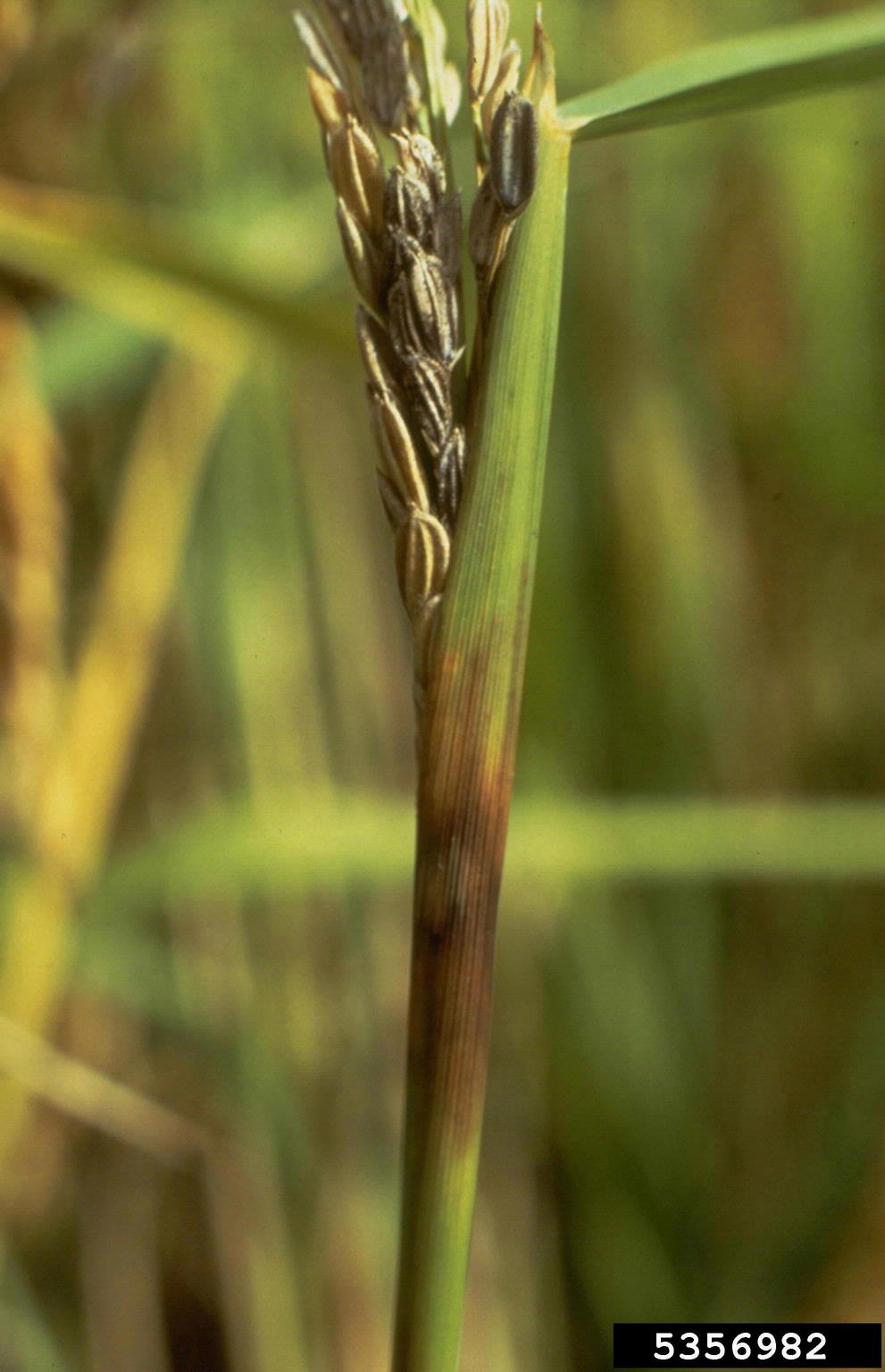 What Is Rice Sheath Rot: How To Recognize Rice Black Sheath Rot Symptoms
What Is Rice Sheath Rot: How To Recognize Rice Black Sheath Rot SymptomsRice is one of the most important crops in the world. So when rice has a disease, it is serious business. Such is the problem with sheath rot of rice. What is rice sheath rot? Click here for diagnostic information and advice on treating rice sheath rot in the garden.
By Bonnie L. Grant
-
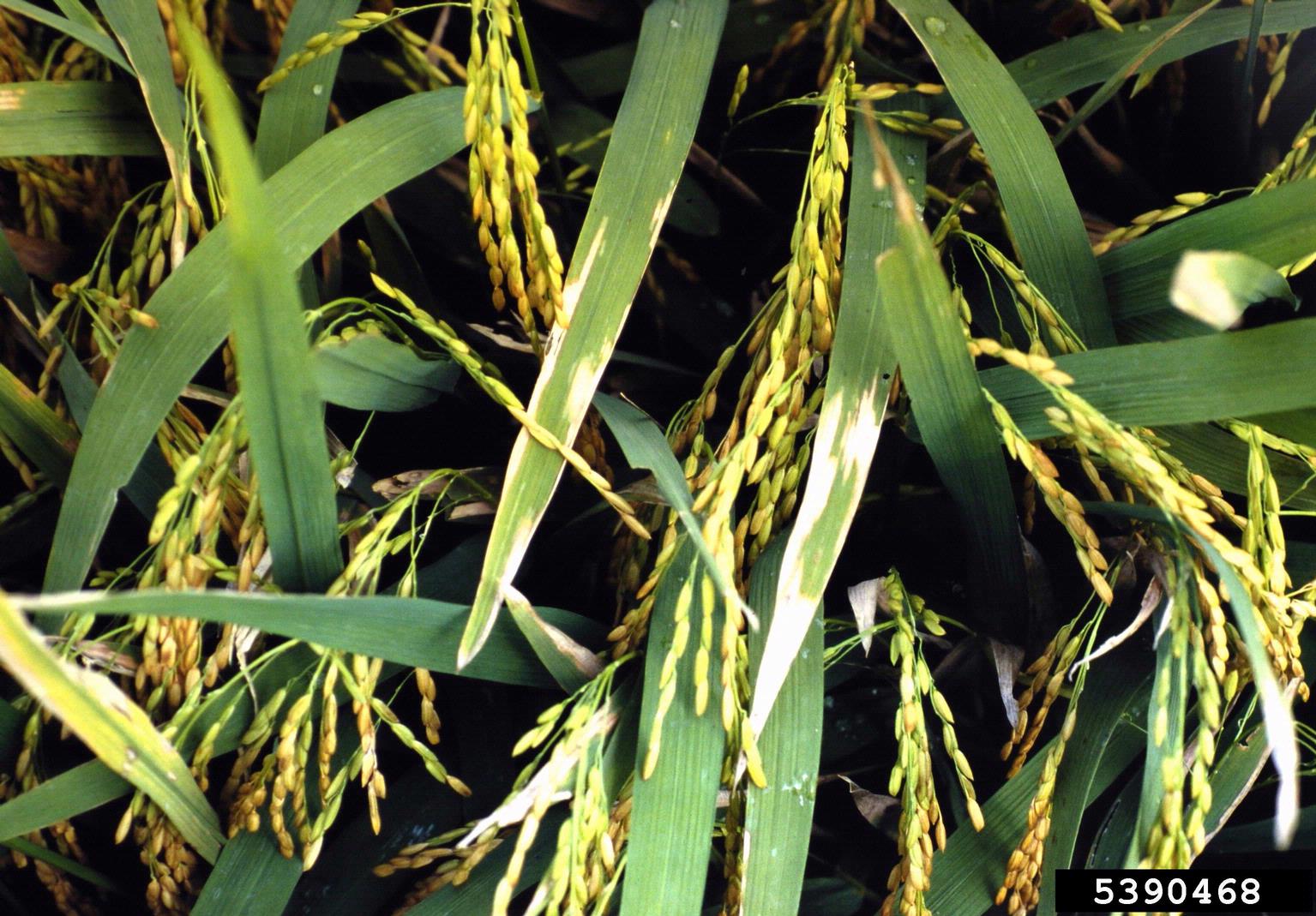 Rice Bacterial Leaf Blight Control: Treating Rice With Bacterial Leaf Blight Disease
Rice Bacterial Leaf Blight Control: Treating Rice With Bacterial Leaf Blight DiseaseBacterial leaf blight in rice is a serious disease that, at its peak, can cause losses of up to 75%. In order to effectively control rice with bacterial leaf blight, it is important to understand what it is, its symptoms, and the conditions that foster the disease. This article will help.
By Amy Grant
-
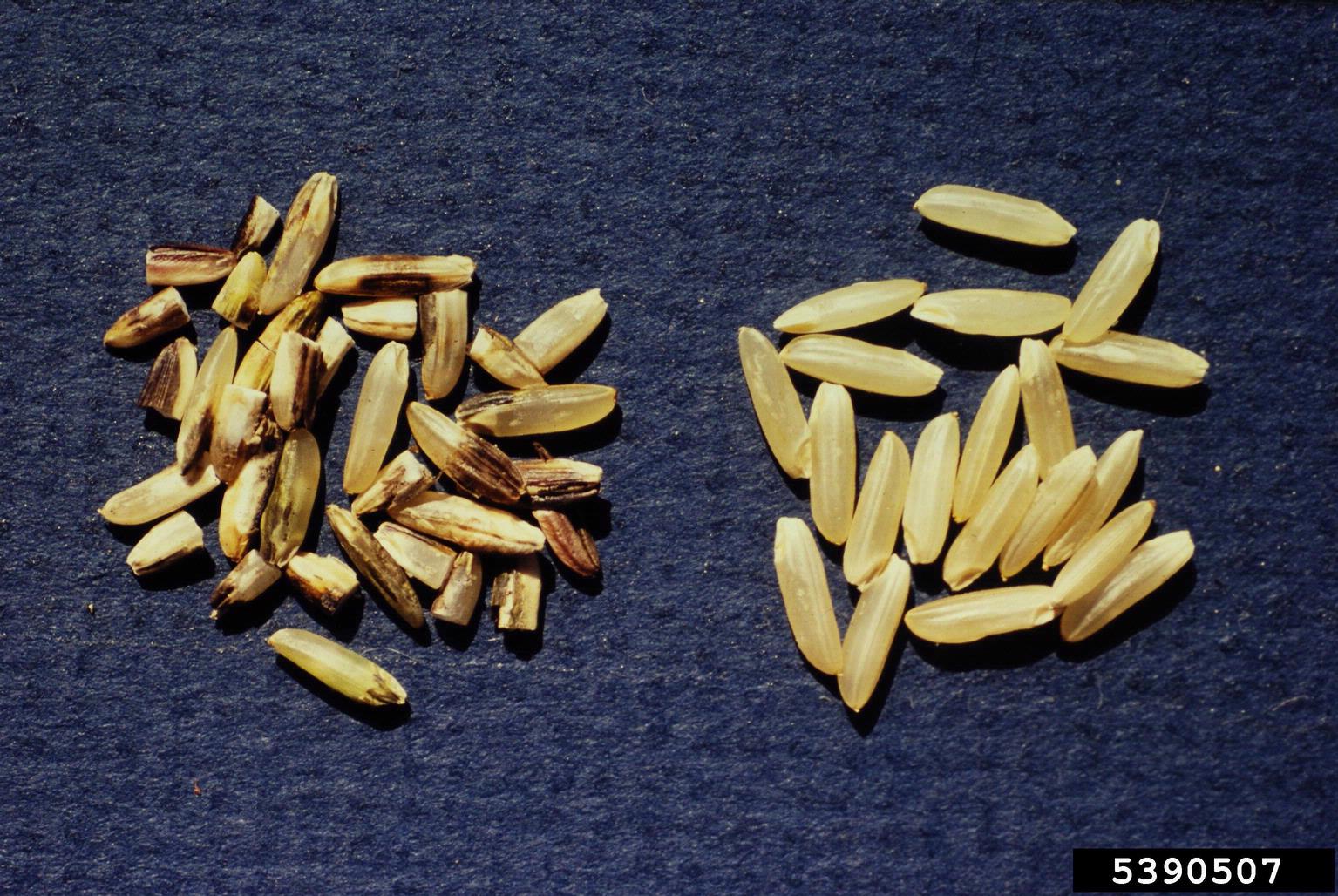 Kernel Smut Of Rice Crops: How To Treat Rice Kernel Smut
Kernel Smut Of Rice Crops: How To Treat Rice Kernel SmutWhether growing a field of rice crops or just a few rice plants in the garden, you may at some point come across some kernel smut of rice. What is this and how can you alleviate the problem? Click the following article to learn more.
By Becca Badgett
-
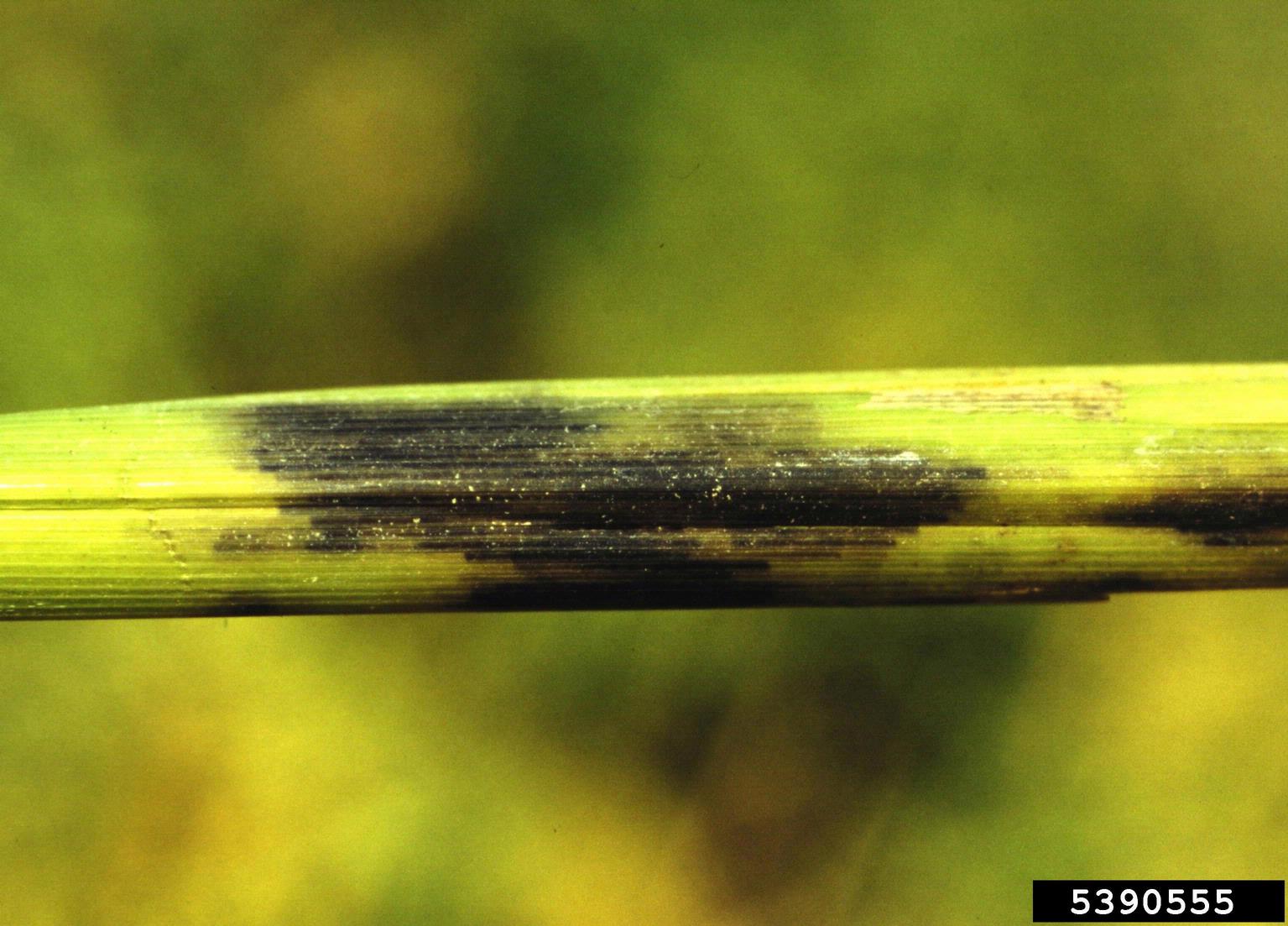 Rice Stem Rot Control – A Guide To Treating Rice Stem Rot Disease
Rice Stem Rot Control – A Guide To Treating Rice Stem Rot DiseaseAs yield losses continue to rise from stem rot in rice, new studies are being conducted to find effective methods of rice stem rot control and treatment. Click this article to learn what causes rice stem rot, as well as suggestions for treating rice stem rot in the garden.
By Darcy Larum
-
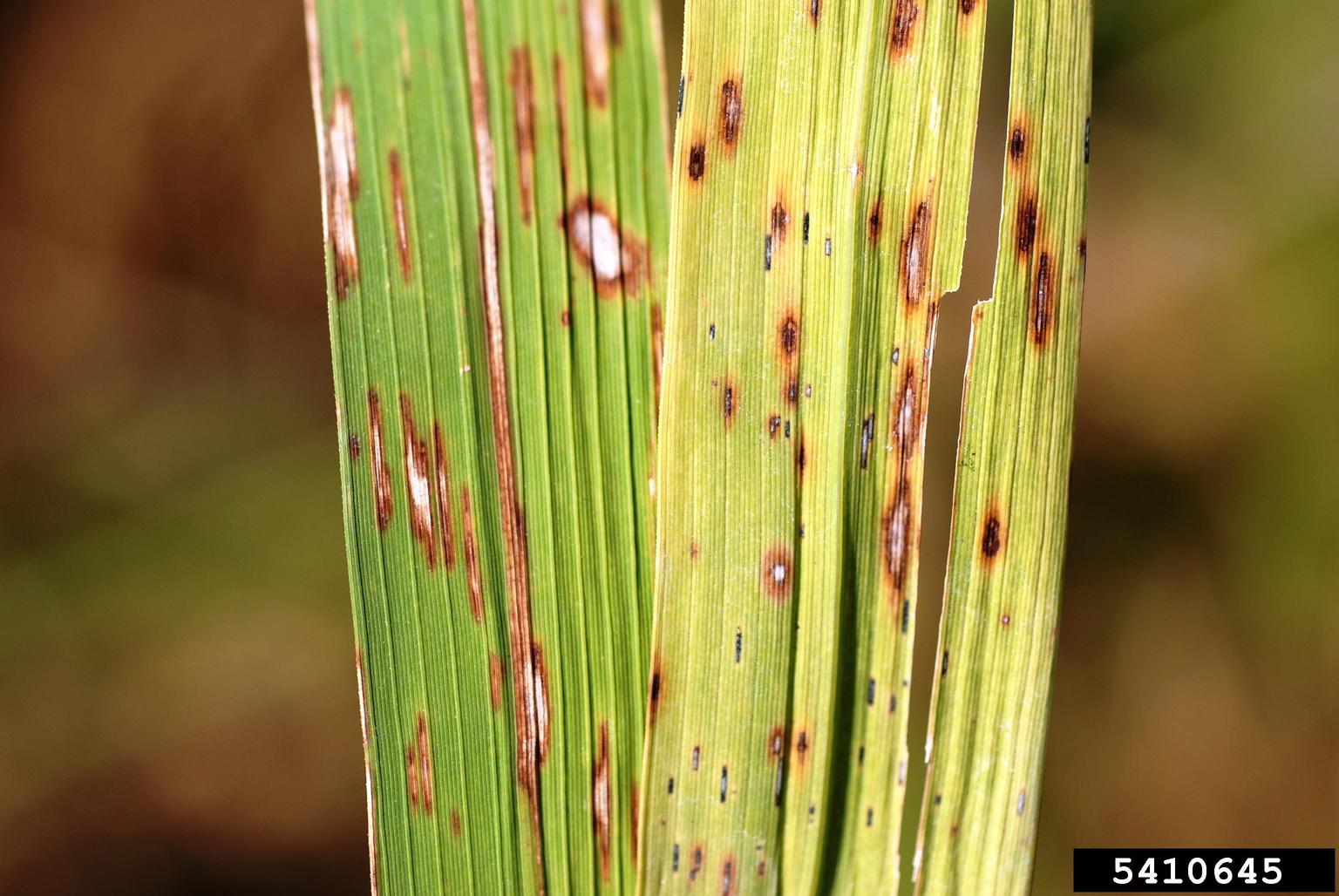 Rice Cercospora Disease – Treating Narrow Brown Leaf Spot Of Rice
Rice Cercospora Disease – Treating Narrow Brown Leaf Spot Of RiceRice can be grown successfully with careful planning and knowledge. However, many issues plague rice plants, leading to reduced yields, and even crop loss. One such disease, narrow brown leaf spot, remains troublesome for many growers. Click here to learn more.
By Tonya Barnett
-
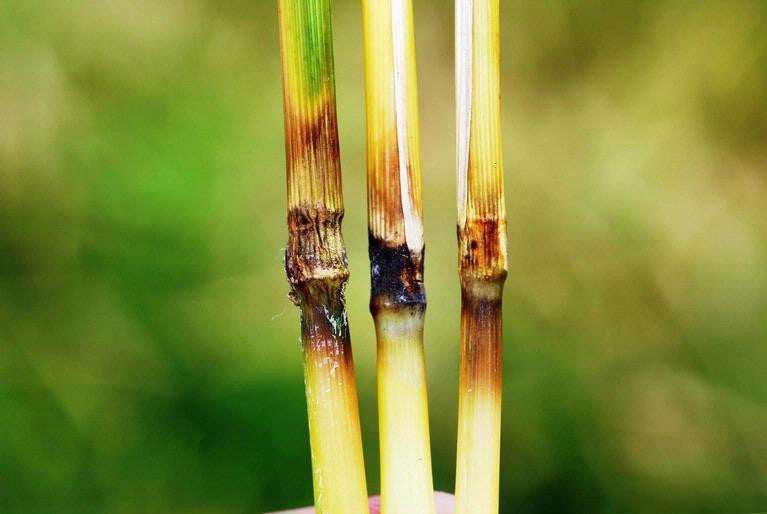 Signs Of Rice Blast Disease: Learn About Rice Blast Treatment
Signs Of Rice Blast Disease: Learn About Rice Blast TreatmentWho doesn’t like rice? It's easy and quick to prepare, it's delicious and nutritious, and it's inexpensive. However, a serious disease known as rice blast has caused devastating crop losses throughout North America and other rice-producing countries. Learn more here.
By Darcy Larum